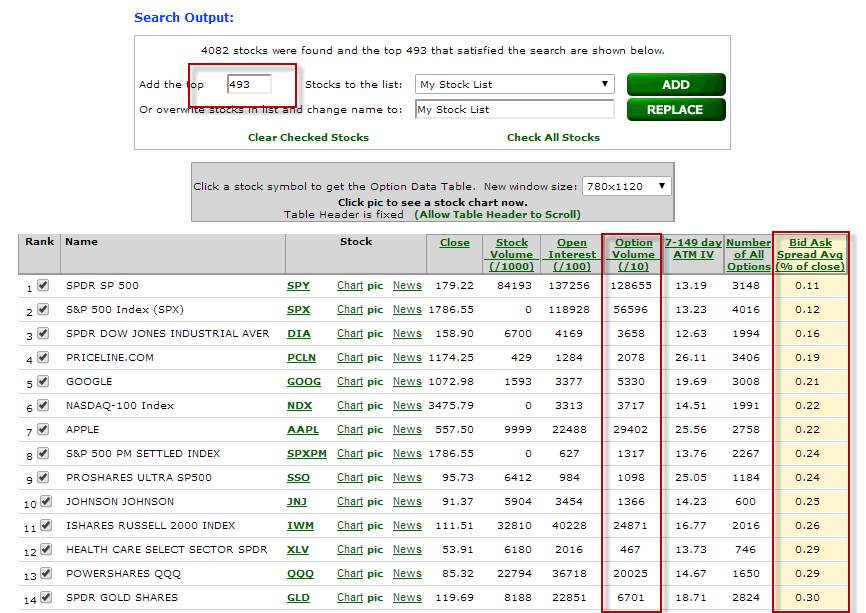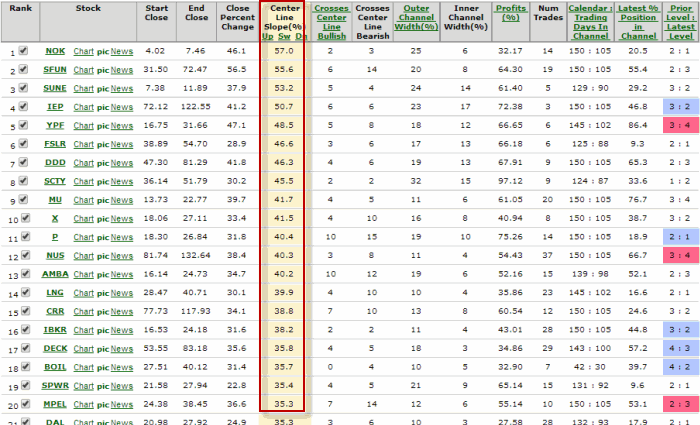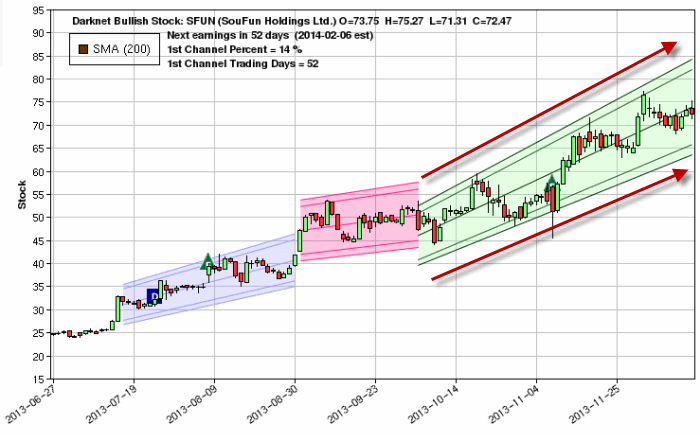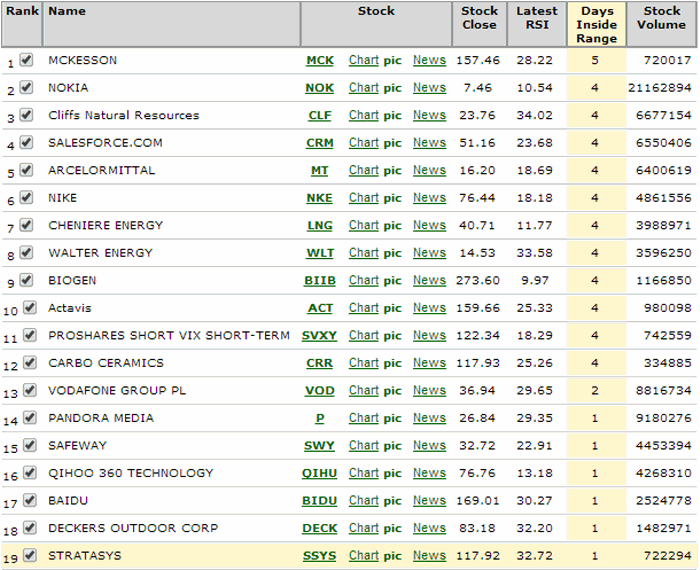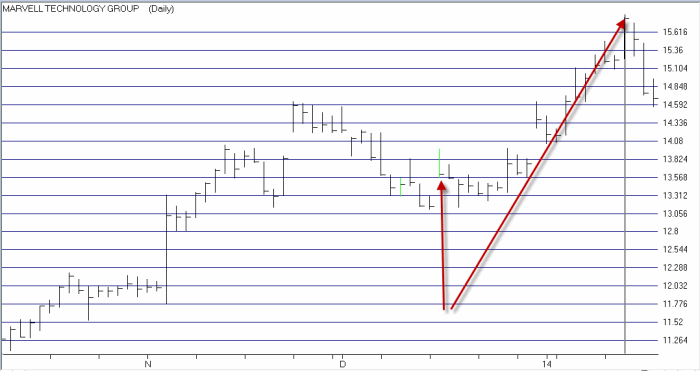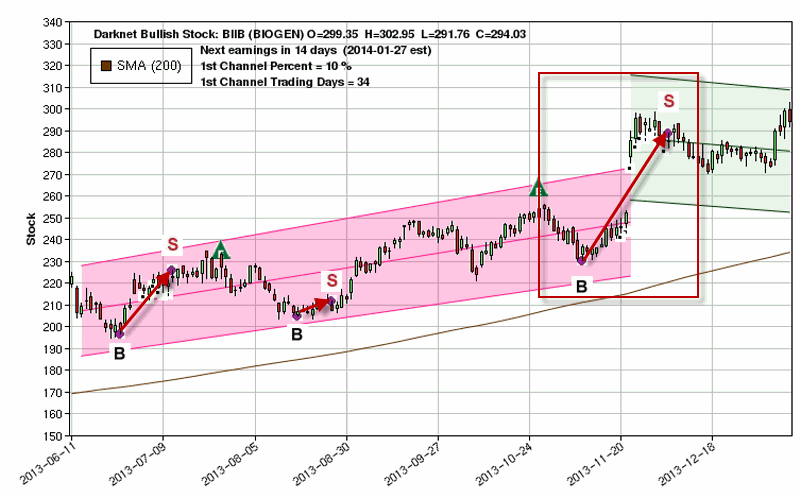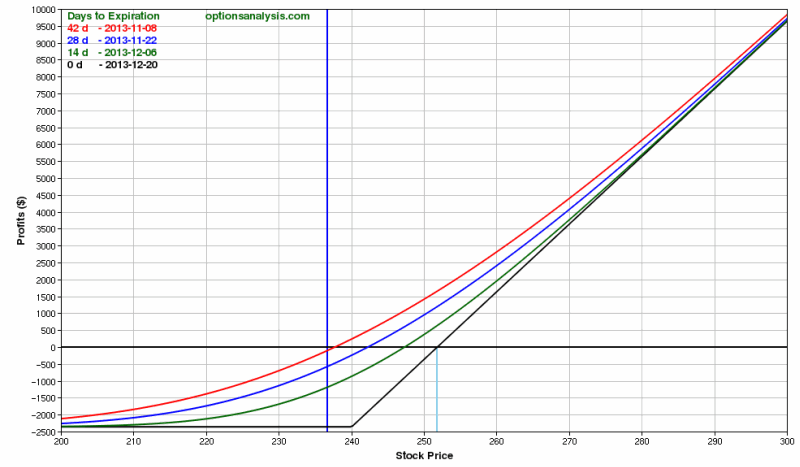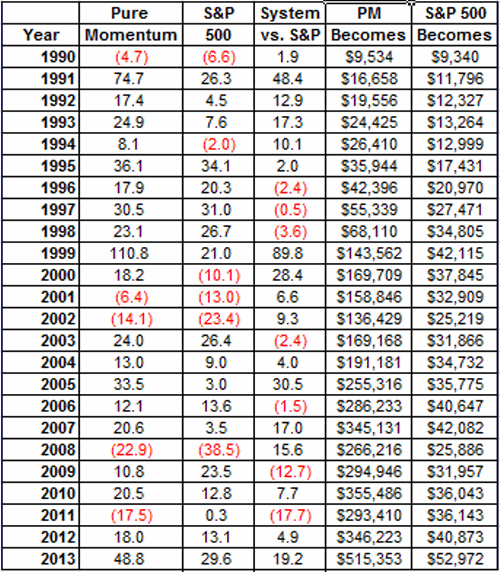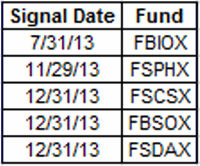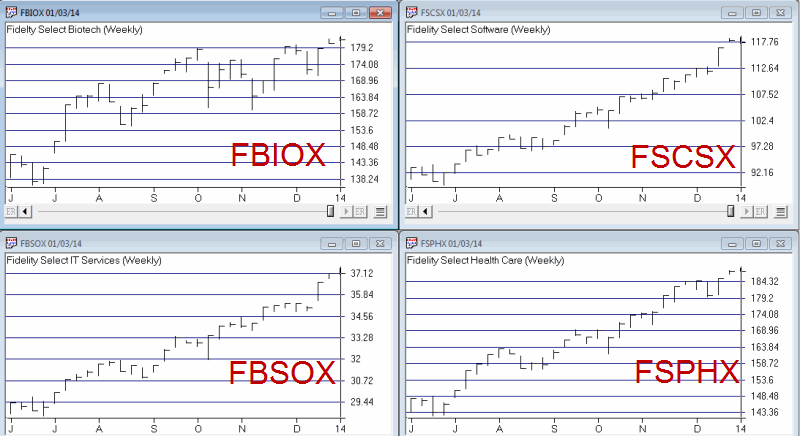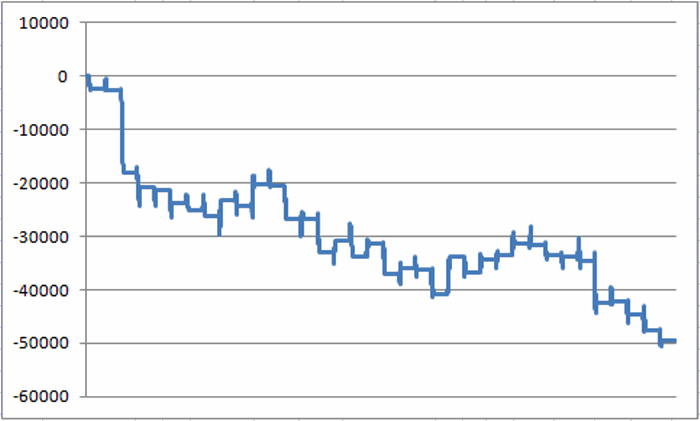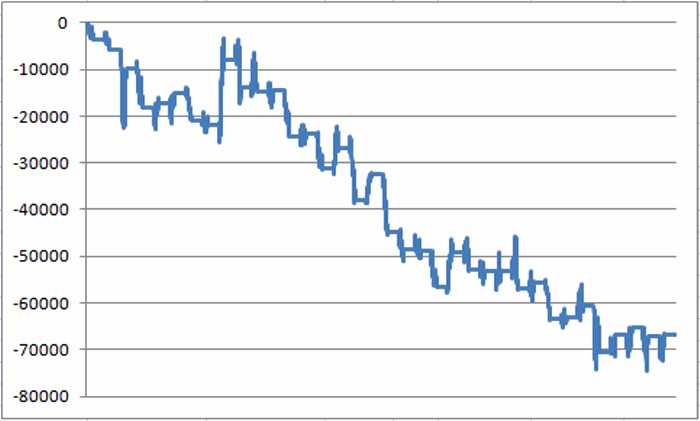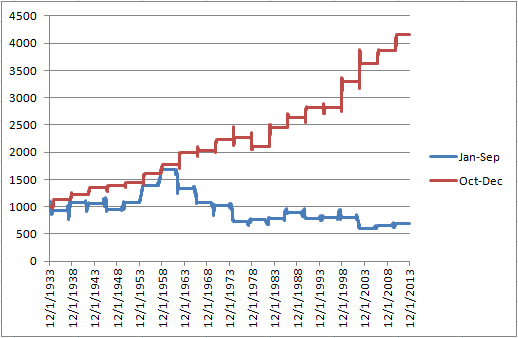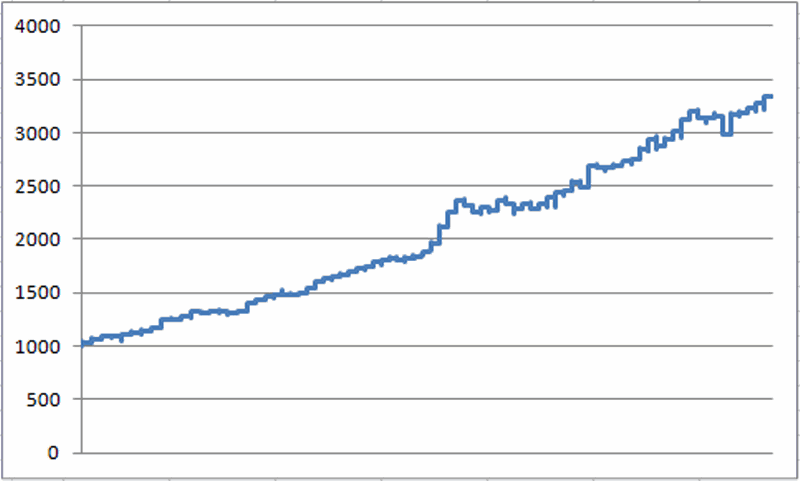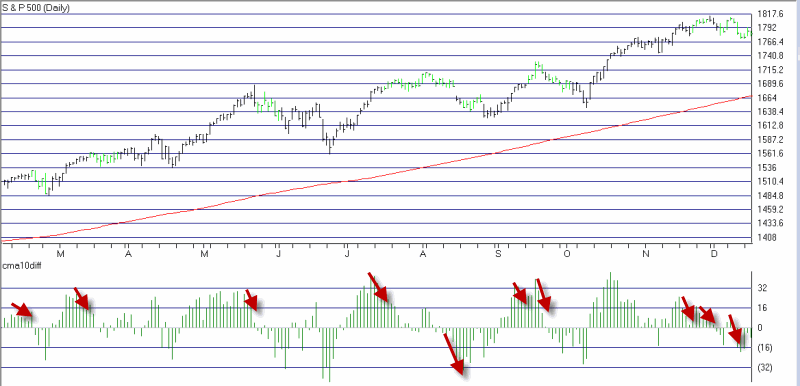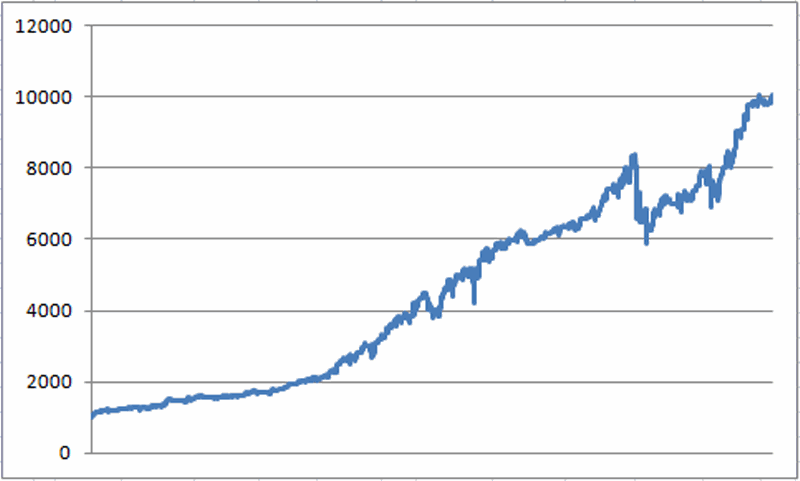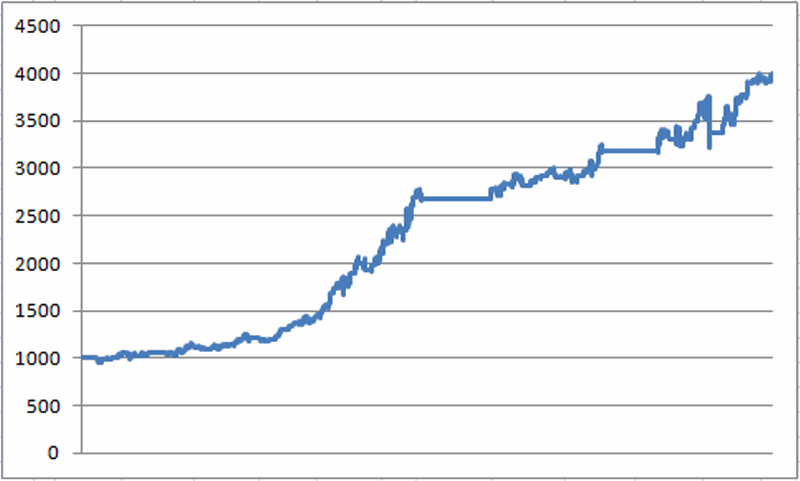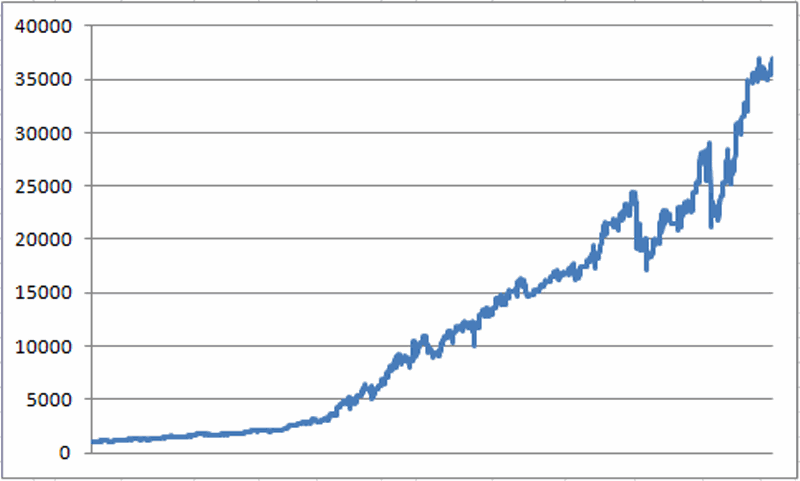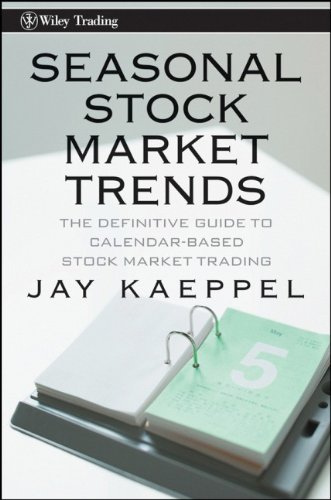Hi, my name is Jay and I am a Seasonalaholic. Now typically when someone confesses to being an “aholic” of some sort or another it because they recognize they have a problem and wish to correct it. That’s not the case here. In fact the “support” group that I belong to is not “Seasonalaholics Anonymous” but rather “Seasonalaholics Unanimous!” (OK, in the interest of full disclosure, so far I am the only member and yes, the monthly meetings aren’t terribly lively, but I digress).
Still I can’t help but think there are others out there who might join someday – especially after they consider things like the seasonal tendencies for retailing stocks. To whit: what would have happened had an investor invested in Fidelity Select Sector Retailing fund (ticker FSRPX):
-During the months of February, March, October and November
-And then earned 1% of annualized interest while out of the market the other 8 months.
The answer is contained in Figure 1 which displays the growth of $1,000 invested as described above.
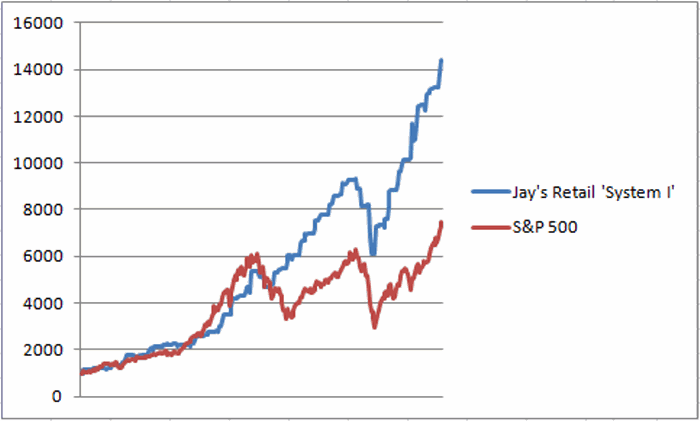 Figure 1 – Growth of $1,000 invested in FSRPX during February, March, October, November (blue line) versus buying and holding the S&P 500 red line) since January 1988.
Figure 1 – Growth of $1,000 invested in FSRPX during February, March, October, November (blue line) versus buying and holding the S&P 500 red line) since January 1988.
Now it is pretty impossible to not notice the, ahem, “slight drawdown” experienced during the October, November 2008 period. Still, despite the fact that I have tried very hard scrub that particular time period from my memory bank, I still have some vague recollection that virtually no sector of the stock market was left unscathed during that period. And the rebound has been pretty nice.
So is this really a viable strategy? Well, under the category of “Everything is Relative”, Figure 2 displays the year-by-year performance of this “system” versus buying and holding the S&P 500.
| System | S&P 500 | System | S&P 500 | ||
| Annual % | Annual % | Difference |
$1,000 |
$1,000 |
|
|
1988 |
18.6 |
12.4 |
6.2 |
1,186 |
1,124 |
|
1989 |
(1.0) |
27.3 |
(28.2) |
1,174 |
1,430 |
|
1990 |
21.3 |
(6.6) |
27.8 |
1,424 |
1,336 |
|
1991 |
16.2 |
26.3 |
(10.1) |
1,654 |
1,688 |
|
1992 |
20.4 |
4.5 |
15.9 |
1,992 |
1,763 |
|
1993 |
6.2 |
7.1 |
(0.9) |
2,115 |
1,888 |
|
1994 |
(1.5) |
(1.5) |
0.0 |
2,083 |
1,859 |
|
1995 |
2.3 |
34.1 |
(31.8) |
2,131 |
2,493 |
|
1996 |
17.4 |
20.3 |
(2.9) |
2,500 |
2,998 |
|
1997 |
11.9 |
31.0 |
(19.1) |
2,798 |
3,927 |
|
1998 |
40.1 |
26.7 |
13.4 |
3,919 |
4,975 |
|
1999 |
10.8 |
19.5 |
(8.7) |
4,344 |
5,946 |
|
2000 |
8.5 |
(10.1) |
18.7 |
4,714 |
5,343 |
|
2001 |
3.1 |
(13.0) |
16.1 |
4,859 |
4,646 |
|
2002 |
12.8 |
(23.4) |
36.2 |
5,480 |
3,561 |
|
2003 |
9.1 |
26.4 |
(17.3) |
5,977 |
4,500 |
|
2004 |
12.8 |
9.0 |
3.8 |
6,744 |
4,905 |
|
2005 |
8.5 |
3.0 |
5.5 |
7,316 |
5,052 |
|
2006 |
9.2 |
13.6 |
(4.4) |
7,991 |
5,740 |
|
2007 |
(2.4) |
3.5 |
(6.0) |
7,797 |
5,943 |
|
2008 |
(32.0) |
(38.5) |
6.5 |
5,303 |
3,656 |
|
2009 |
23.7 |
23.5 |
0.2 |
6,559 |
4,513 |
|
2010 |
26.0 |
12.8 |
13.2 |
8,263 |
5,090 |
|
2011 |
13.2 |
(0.0) |
13.2 |
9,355 |
5,090 |
|
2012 |
17.3 |
13.4 |
3.9 |
10,976 |
5,772 |
|
2013 |
10.7 |
29.6 |
(18.9) |
12,155 |
7,481 |
| Average |
10.9 |
9.6 |
1.3 |
+1,115% | +648% |
| StdDev |
12.8 |
17.9 |
|||
| Ave/SD |
0.849 |
0.540 |
Figure 2 – “System” versus S&P 500 Buy and Hold
Summary
The difference in the average annual return is not large (+10.9% for the system versus +9.6% for the S&P 500). But this difference adds up over time. Since January 1988 the system has gained +1,115% versus + 648% for the S&P 500 (while only being in the market 33% of the time. The true “numbers geeks” will notice that the standard deviation of annual returns for the system is only 2/3rds as large as that for the S&P 500 – i.e., much less volatility).
So I ask again, is this really a viable strategy? Perhaps. But the truth is that it can get a whole lot better – as I will detail the next time I write.
Jay Kaeppel

